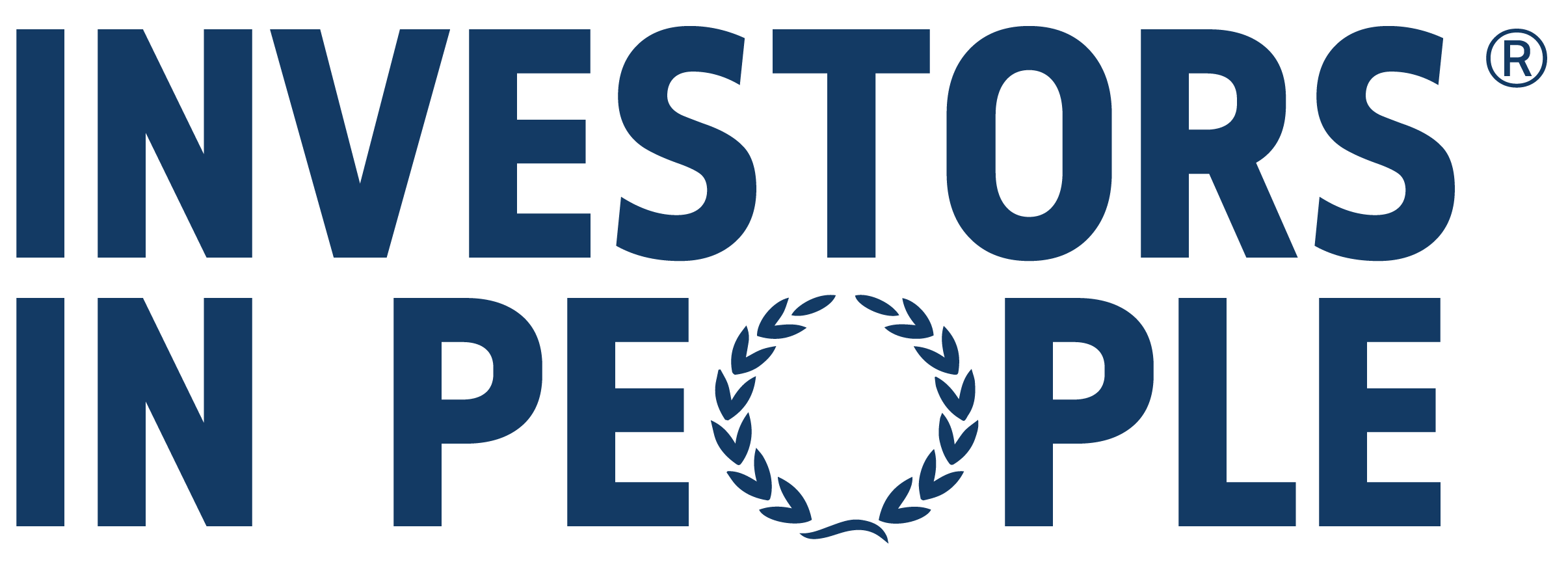Trust lubricates leadership effectiveness. But what exactly is trust? We all instinctively understand what trust is, but there are actually two types of trust that are crucial to successful leadership.
These are cognitive and affective trust. They are very different but essential for different reasons. Do you know how they differ?
Leadership skills: defining the two types of trust
Cognitive trust
Cognitive trust is primarily how confident someone feels in the leader’s technical ability to do the job. It is based on each person’s subjective appraisal of the leader, although certain qualities – such as award wins or qualifications – may raise levels of cognitive trust among a group. Cognitive trust is the dispassionate type of trust, and is sometimes known as ‘trust of the head.’
Affective trust
On the other side is affective trust, known as ‘trust of the heart.’ This is built by empathy, closeness and genuine feelings of concern and care. It’s characterised by feelings of security and perceived strength of the relationship, as well as the degree to which we think someone’s intentions are trustworthy, their ethics sound and their integrity whole. It is a type of interpersonal trust, strongly driven by emotion and relational factors.
Is cognitive or affective trust more important?
Lena Jacoub of the University of Twente found that, overall, leader effectiveness had a stronger relationship with cognitive trust than with affective trust. However, this is very early stage research and most anecdotal evidence suggests that both forms of trust are important for leadership effectiveness.Everyone is an individual and will value the two types of trust differently. An ambitious go-getter may require high levels of cognitive trust in order to respect their leader and be a constructive follower, for example.
How levels of trust can influence behaviour
High levels of either type of trust can affect how leaders behave in the workplace. Leaders should take steps to mitigate against this. Leaders scoring highly on affective trust showed less visioning behaviour and less intellectual stimulation behaviour. This could be explained by leaders with high levels of affective trust feeling less like they need to earn people’s’ buy-in for projects. And yet regular visioning is important to realign expectations, goals and aims within a team to counteract the natural tendency for these things to drift off course. Leaders should therefore focus on the right behaviours that build trust and not get complacent when trust levels are high.
What behaviours help leaders develop cognitive and affective trust?
Cognitive trust
Regularly vision: employees can have confidence in your technical subject matter but not in your technical leadership ability if you do not reinforce the big picture. This helps reorient them to the grand plan and your way of thinking and prevent them focusing too narrowly on your individual actions or ideas, which can look disjointed when disconnected from an overall vision
Communicate strongly: poor communication can often be to blame for a drop in cognitive trust. Employees think you’re not on top of something but actually you’ve just not communicated your intentions. Aiming for transparency helps build cognitive trust because your team get constant reinforcement that you are tackling technical tasks proactively
Keep yourself current: attend conferences, read thought leadership, take online MOOCs. It’s amazing how fast cutting edge knowledge shifts. If you don’t understand what’s hot and when – and contextualise it for your employees – they can lose faith in your ability to build technical capacity and stay ahead of the game
Maintain curiosity: when applied to technical ability, the law of diminishing returns suggests that we become accustomed to someone’s innovations or technical skills and view them as less impressive over time. Leaders adopting a continuous learning mindset through constant curiosity will naturally innovate and bring fresh approaches to problems
Affective trust
Be consistent: when people know where they stand, they trust that your reaction will be consistent every time, e.g how you respond to ad-hoc flexible working requests
Organise social occasions: building time for connection and bonding outside of work is important because it’s easier to build affective trust outside formal work environments
Take an interest: asking questions and showing an interest in employees as individuals helps you share knowledge and break down barriers. This shouldn’t stop once an employee is ‘integrated’ – time should be taken, say at the beginning of a 1-2-1, to reconnect, rather than go straight into business
Communicate benevolence: make it clear that you are, above all else, human, by responding to queries and questions in human ways, rather than going straight to set policies. Affective trust is strengthened when staff know you have their best interests at heart
Let your guard down: affective trust is built through the sharing of vulnerability and if you project a hardened work personality you will find it very difficult to engender feelings of trust in your employees. This is because it also takes vulnerability to give trust; if you aren’t being vulnerable with them, why should they be with you?






